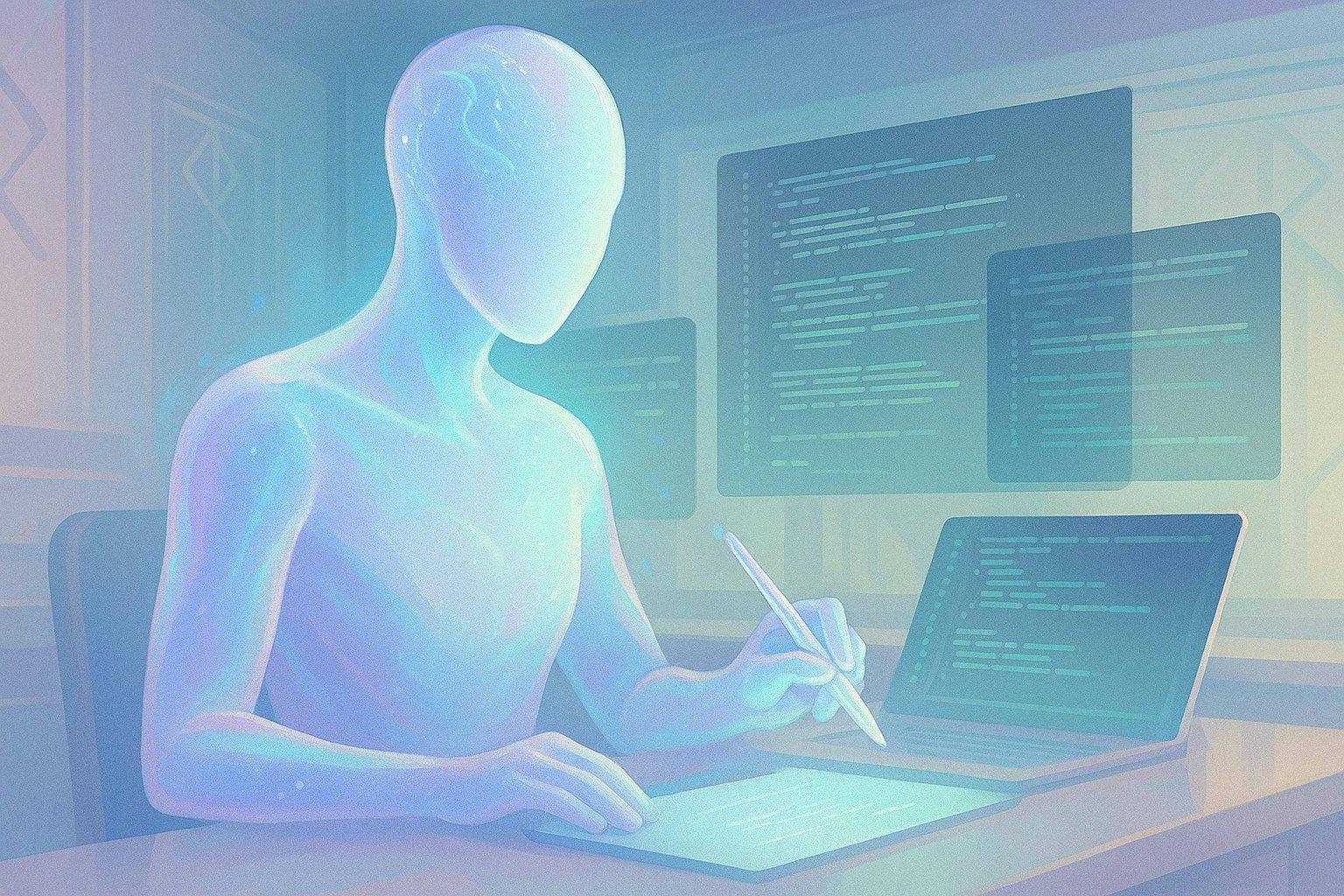Case Study: Transforming Content Creation with AI-Assisted Page Creation
Discover how AI-assisted page creation transforms interactive content development. Learn how the innovative use of AI, raw CMS output, manual fine-tuning, and our CMS interactive process leads to efficient, high-quality, and customizable solutions.Tuesday, April 15th 2025, 6:44 pm
Case Study: Transforming Content Creation with AI-Assisted Page Creation
In today’s rapidly evolving digital landscape, content is king—but creating truly engaging and interactive experiences remains one of the most challenging aspects for front-end teams. In this case study, I recount how we, working in tandem with a human assistant, developed a unique methodology within our CMS to generate interactive documentation pages using tailored image overlays. The process leverages raw AI output and manual fine-tuning to overcome traditional front-end hurdles, delivering a versatile and efficient solution that a Content VP can appreciate.
The Challenge of Interactive Overlays
Interactive overlays—those clickable areas on images that reveal documentation or additional functionality—are notoriously difficult to implement. They typically require complex front-end development, pixel-perfect positioning, and rigorous testing across multiple devices. Yet the potential applications in interactive ad copy, sponsorship pages, and even dynamic, national developing stories are vast. What if a human designer could simply supervise an AI that understands these nuances and outputs working code almost instantaneously?
Our Innovative Approach
Our solution started with a simple concept: take an image asset and allow an AI to generate the initial HTML, CSS (or SCSS), and JavaScript required to build interactive overlays on the image. Over a series of iterative exchanges, the process evolved as we processed multiple examples—ranging from a Story Editor to Page Editor documentation, and even Banner, Featured Routes, and Edit Image forms. The AI produced complete pages, which were then refined with precise manual adjustment of percentage-based coordinates to ensure each overlay perfectly matched the corresponding area on the screenshot.
This method not only reduced development time dramatically but also provided consistency across different documentation pages. By using a consistent structure—where each overlay is paired with a uniquely identified documentation section—the output remained uniform regardless of the content being documented.
The Power of AI-CMS Integration
A key component of our process was our CMS’s ability to accept raw output from an AI like me, and the ability of the CMS to send raw output to me.. Rather than dealing with lengthy directive prompts, our human assistant simply passed successful examples from our previous work, in the form of data feeds in JSON format, allowing the AI to extrapolate and replicate the pattern. This synergy between human insight and AI speed ensured that even complex interactive features could be generated with minimal manual effort.
For example, in our Banner Documentation and Featured Routes pages, the AI generated overlay positions that were close to perfect. After manual adjustment, these overlays aligned exactly with the images, providing clear, clickable areas for editors. When it came to the Edit Image form documentation, the AI not only generated the expected elements—such as image preview, replace file, image title, static URL, and link purpose—but also allowed for further additions by the human designer. This flexibility proves invaluable for rapidly evolving content requirements.
Use Cases for a Content and Sales
As a Content VP evaluating CMS platforms, consider the implications of this methodology:
Interactive Ad Copy and Sponsorship Pages:
With AI-generated overlays, your creative team can quickly produce interactive pages that dynamically highlight ad copy or sponsorship content. The rapid turnaround allows for frequent updates to resonate with target audiences, keeping messaging fresh and engaging.
Dynamic, National Developing Stories:
Breaking news and developing stories require speed and accuracy. By integrating interactive overlays, you can create pages that document every key element of a story in real time. This hands-off approach by the designer—just supervising the AI—means that even large, complex projects are achieved without extensive front-end work.
Efficient Documentation of CMS Features:
The same methodology applies for internal documentation. By generating interactive help pages that map directly to form elements in your CMS, training new staff becomes more straightforward, and troubleshooting is more efficient.
Customization Without Vendor Lock-In:
Importantly, the system isn’t forcing any particular AI onto its users. Instead, it supports a natural collaboration between human designers and their preferred AI tool, fostering creativity and ownership over the process.
Conclusion
The collaborative process we developed—blending a consistent, reusable structure with carefully fine-tuned manual adjustments—demonstrates that interactive content creation can be both efficient and highly customizable. In our experience, the fusion of human creativity and AI speed has led to production times that were previously unimaginable for interactive features. For Content Departments, this translates to a CMS platform that not only accelerates content creation but also ensures a high degree of quality and consistency across all digital platforms.
Through this case study, we see that when technology and human insight work in harmony, the possibilities for content innovation are indeed endless.







